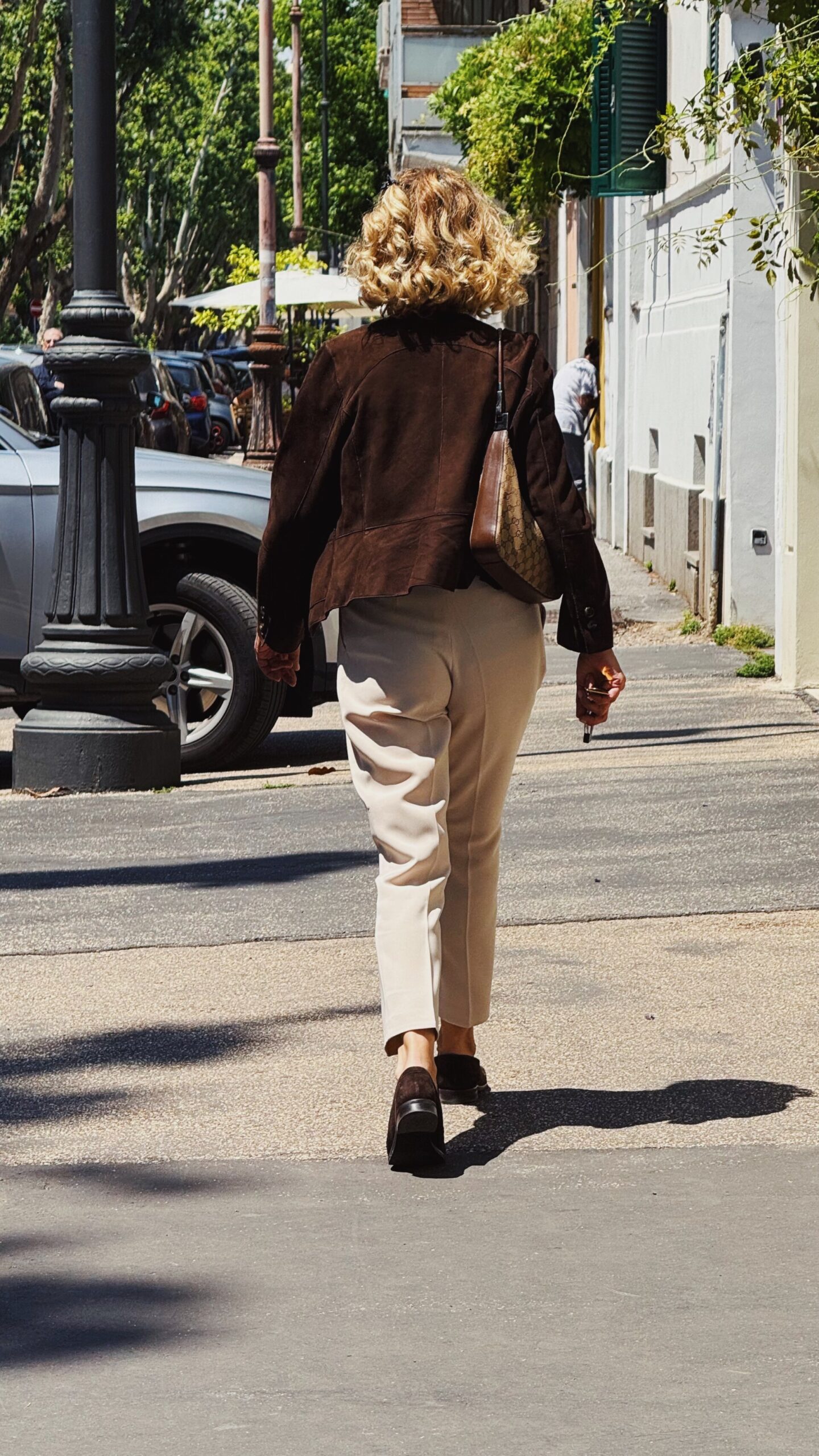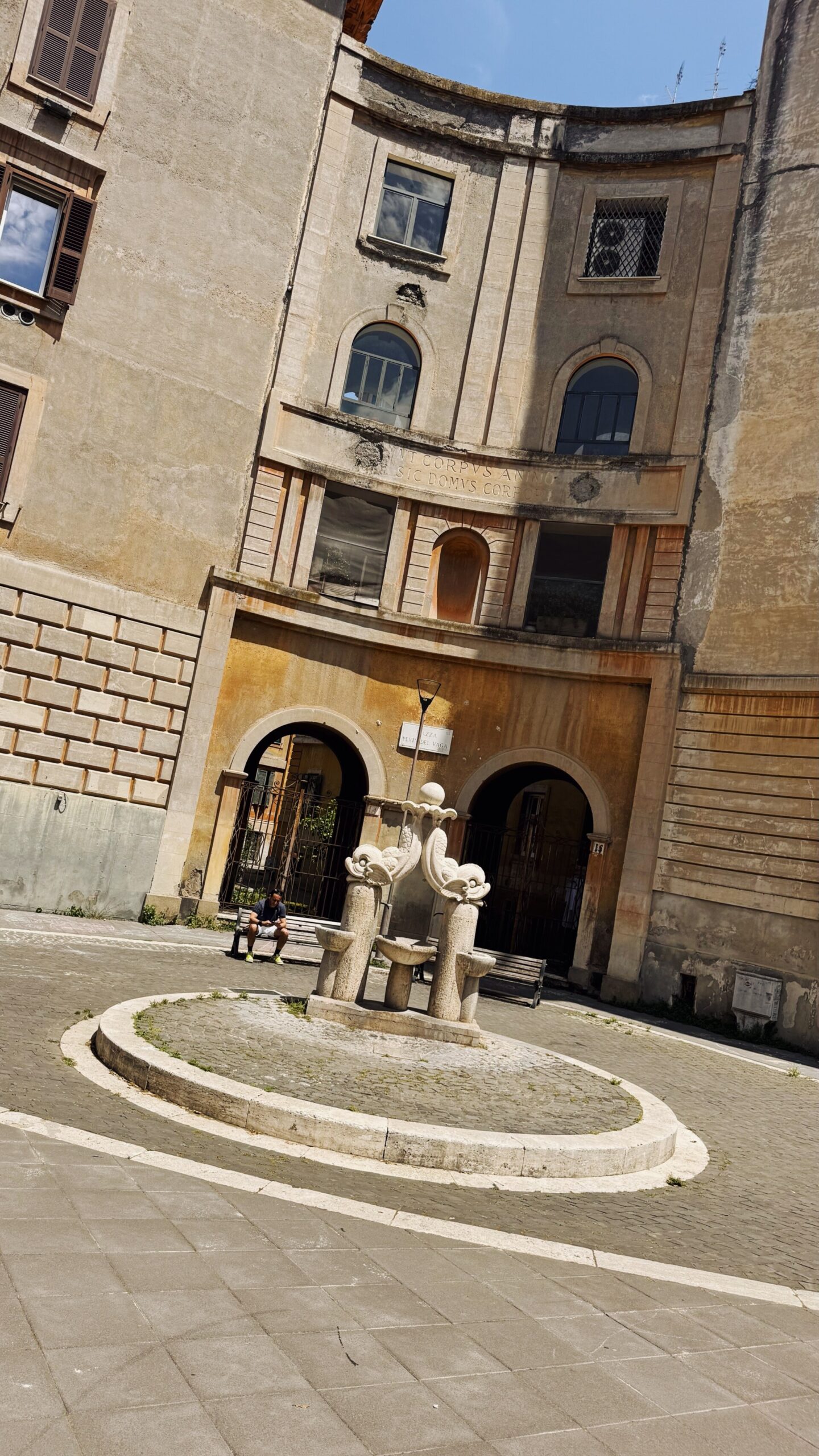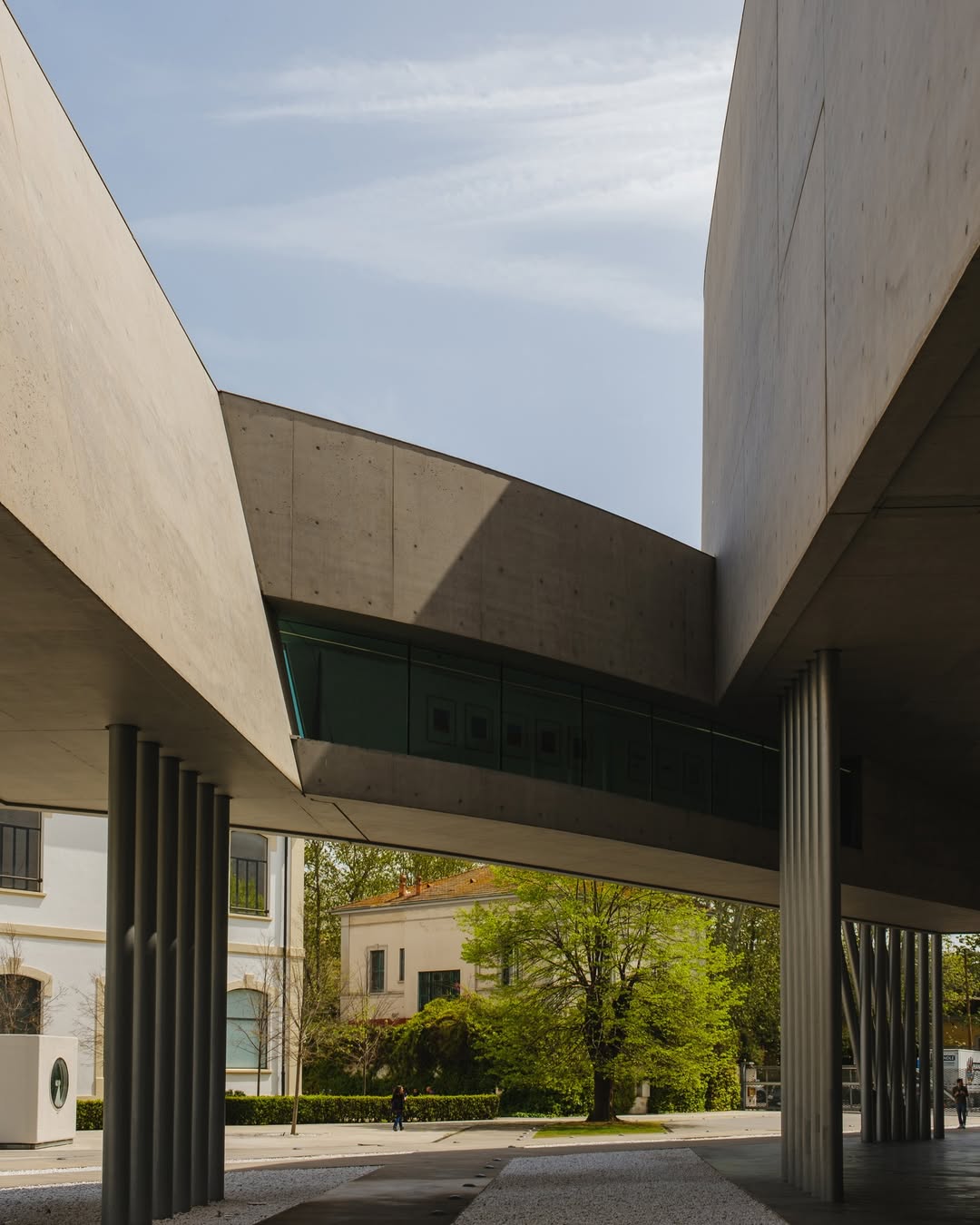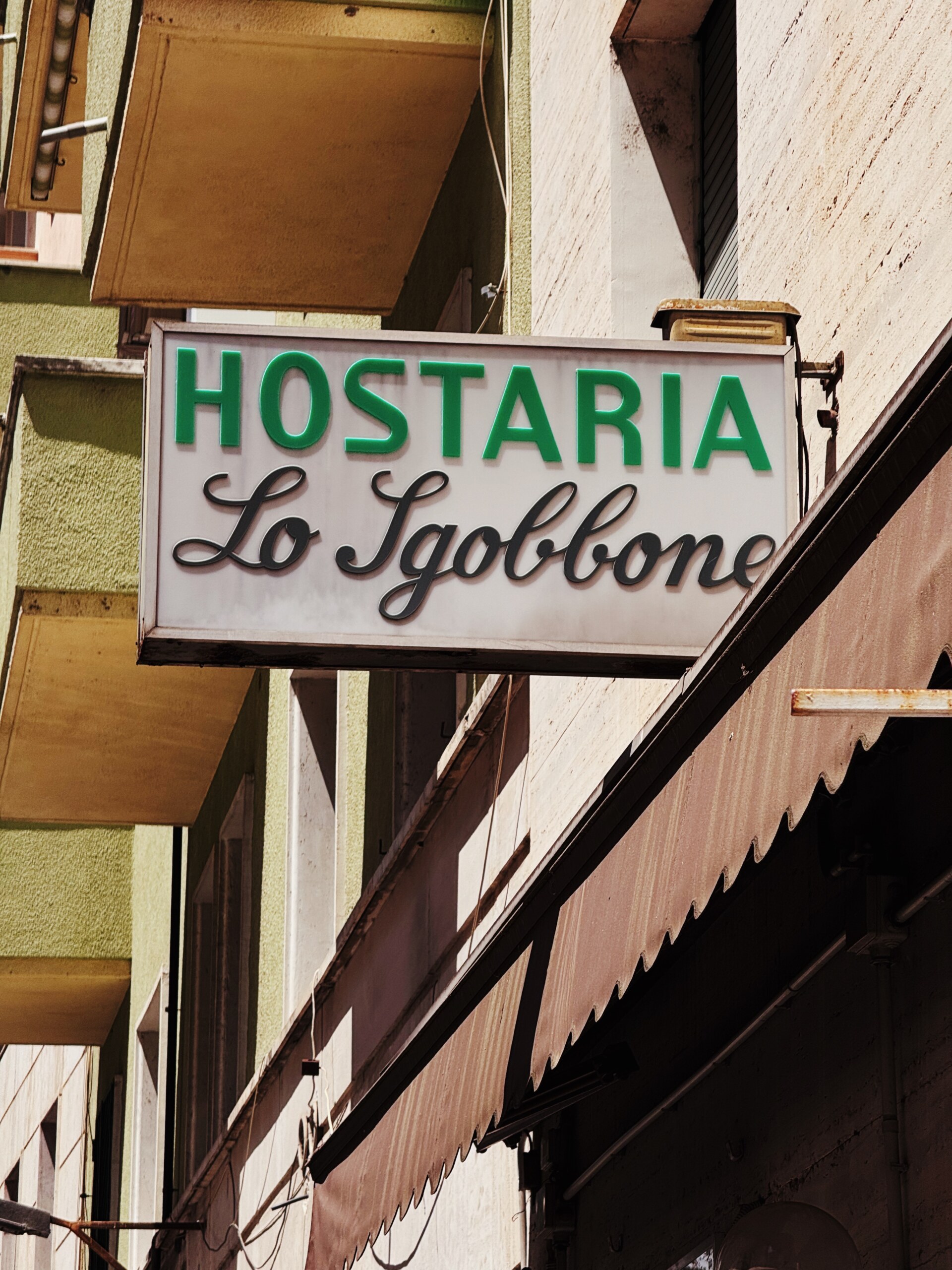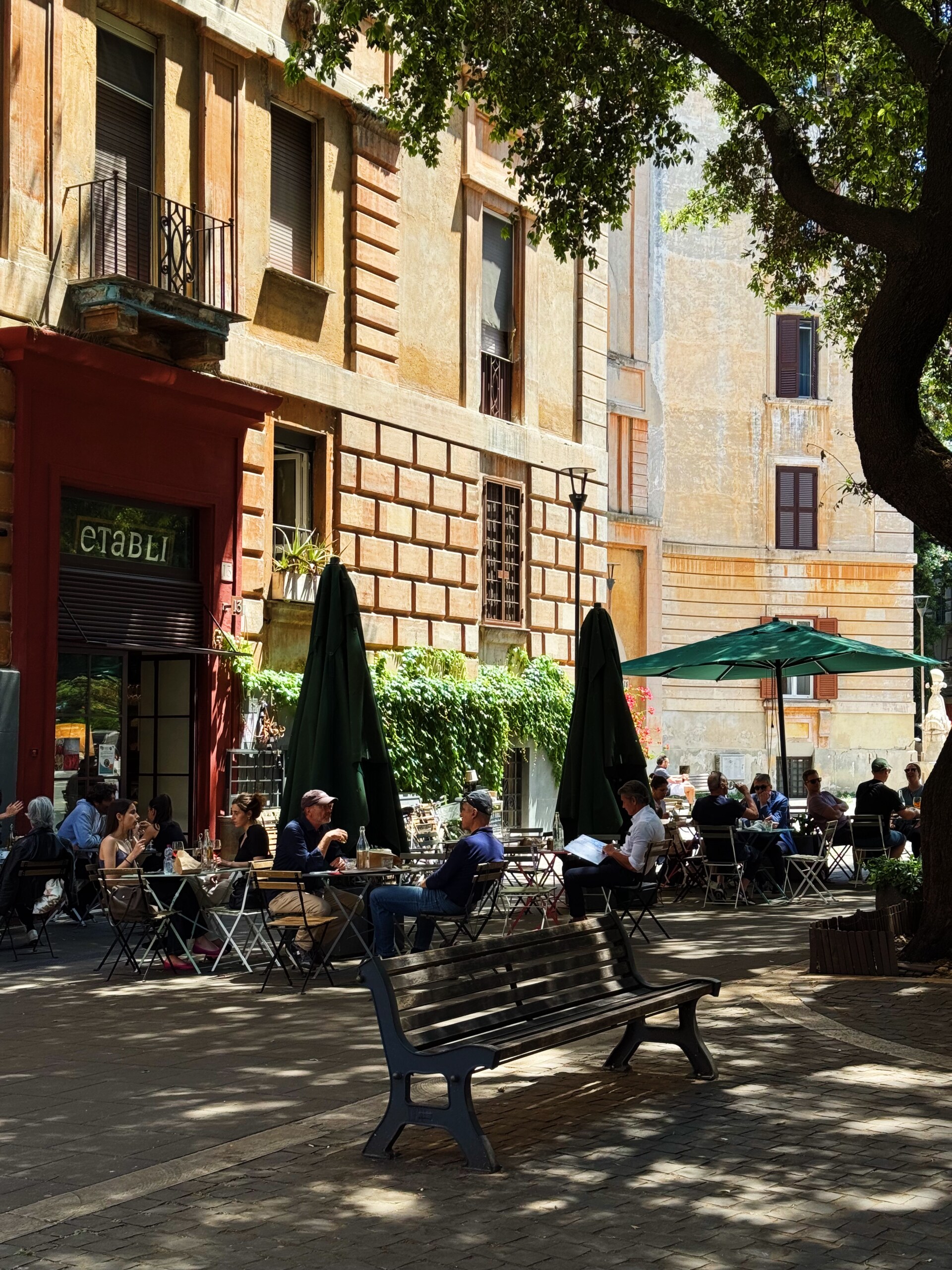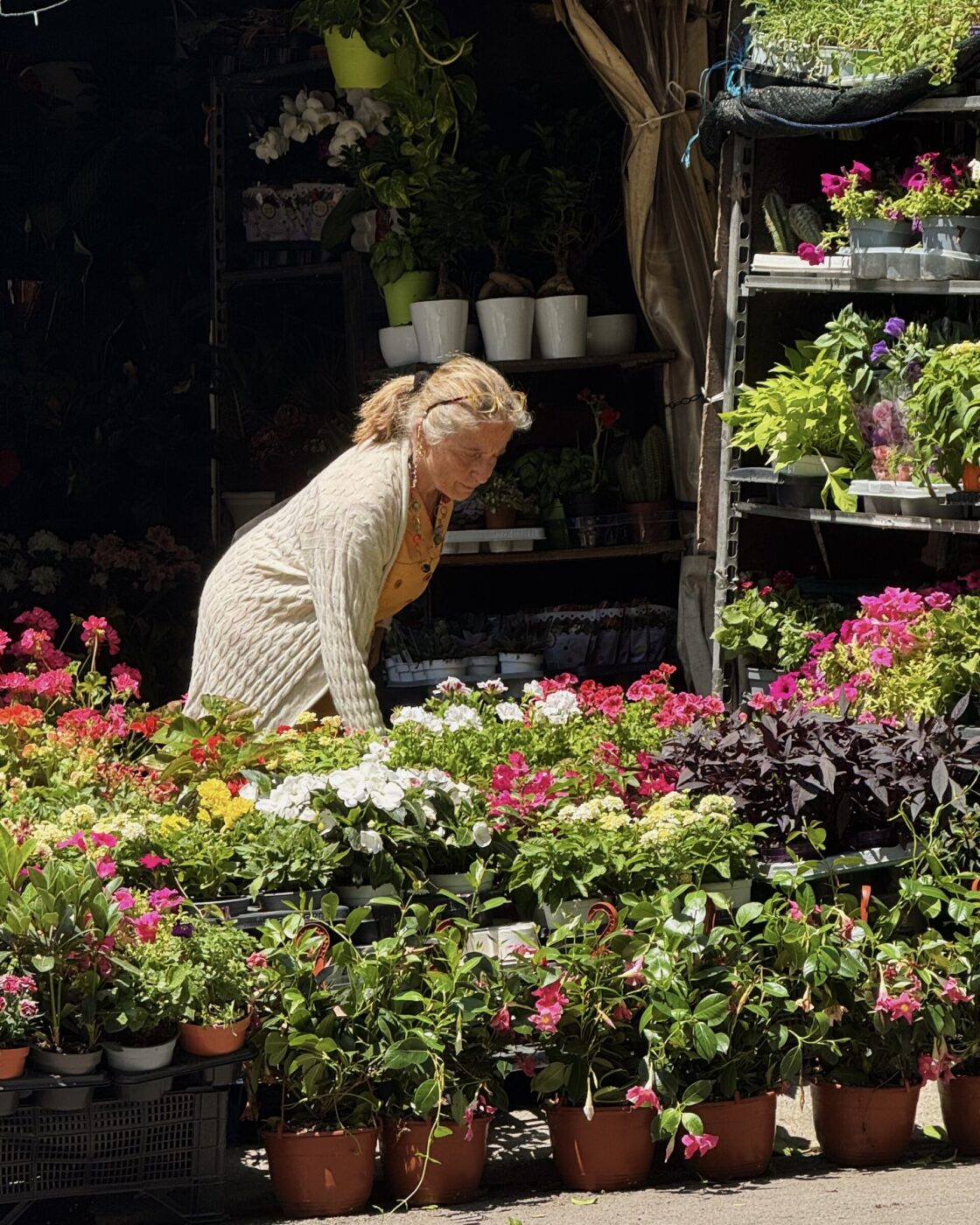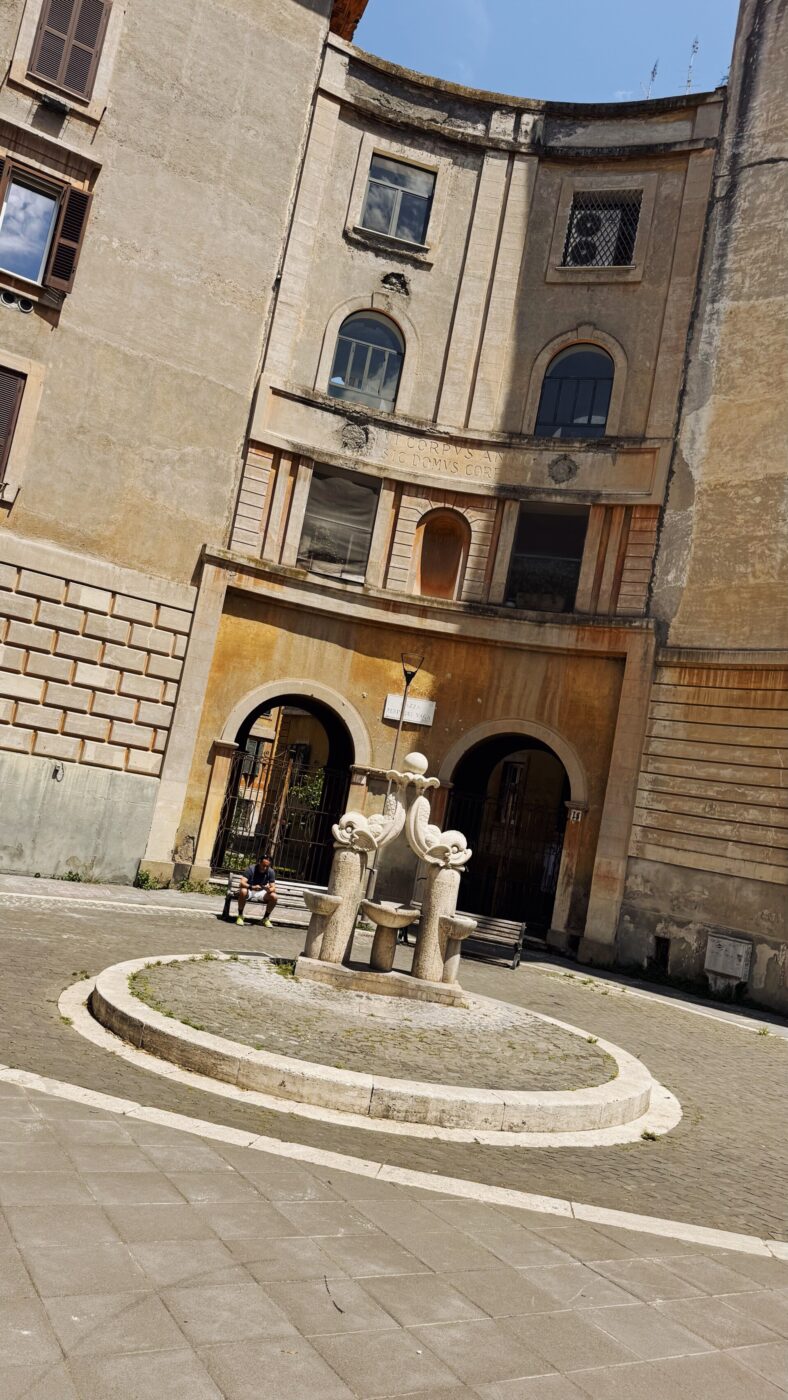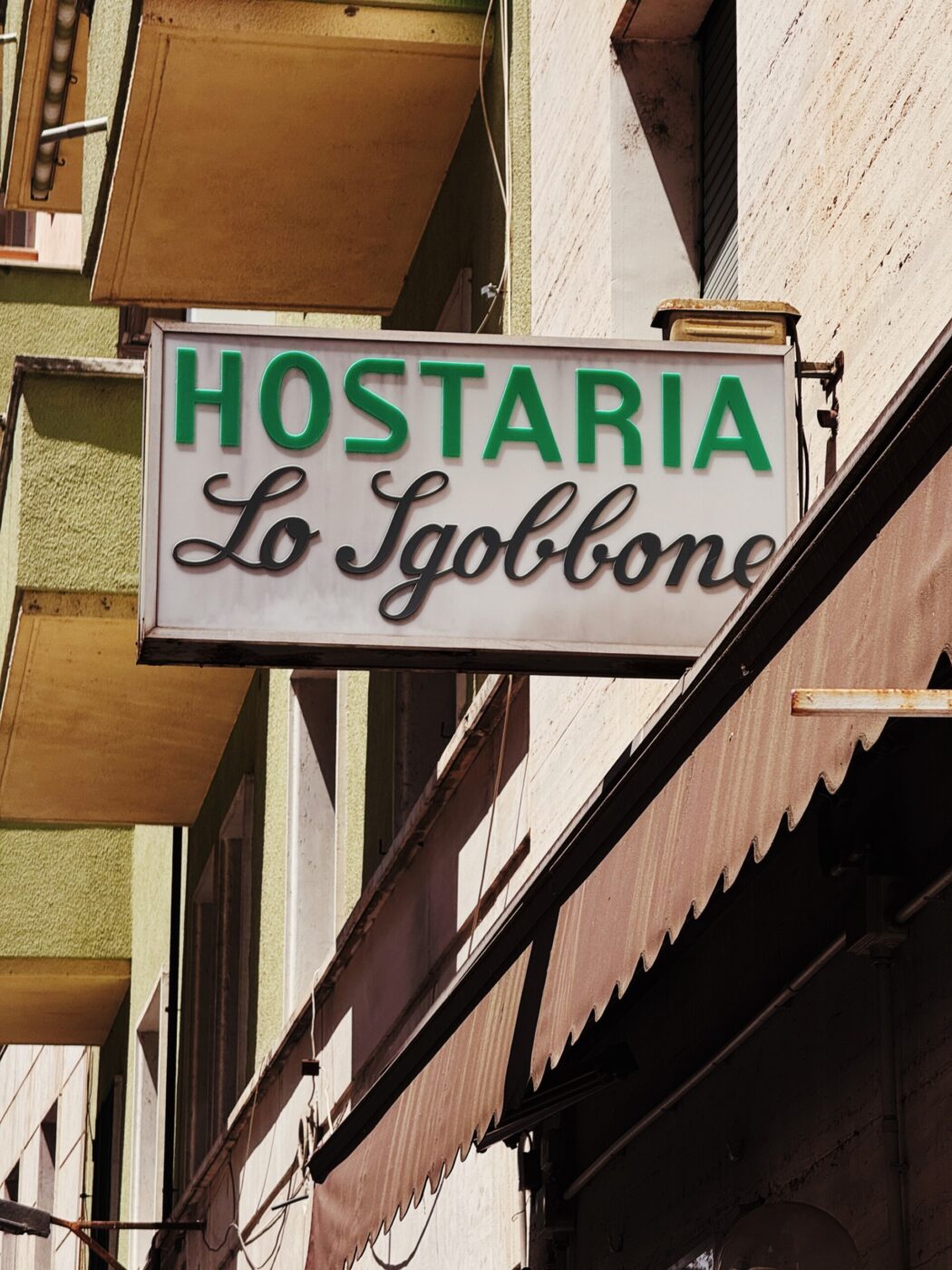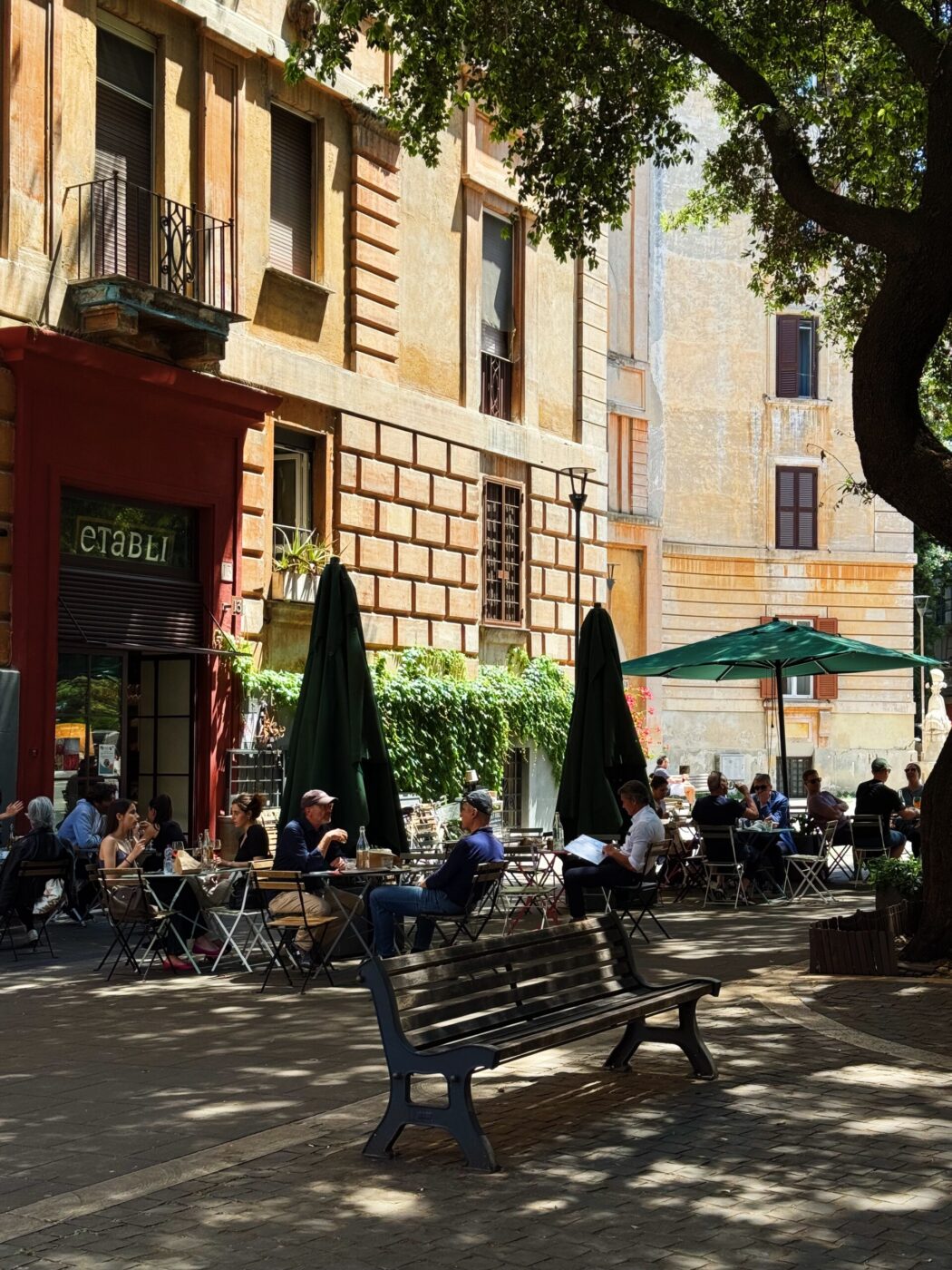This is coming from a born-and-bred Roman—one of the lucky few who not only grew up in the Eternal City, but who first opened her eyes right here in the Flaminio district. For non-Romans (and especially for foreigners), “Flaminio” might sound like an exotic name—or worse, just another metro stop to skip. But if I say MAXXI or the Auditorium Parco della Musica, something might click: two icons of contemporary Italian culture that, surprise surprise, put down roots right here.
If it’s your first time in Rome, don’t worry—go ahead and load up on the Colosseum, Trevi Fountain, and overpriced gelato with a view of the Imperial Forums. But if you already know the city fairly well and are ready to upgrade your experience, then Flaminio is your place.
It’s a different Rome, perfectly placed to the north of the historic center and the south of the city’s poshest neighborhood, Parioli. It borders the east bank of the Tiber River, and from certain corners, you can stroll to Piazza del Popolo in just 10-15 minutes—though it feels refreshingly separate from the tourist-thronged Via del Corso that ends there. You’ve still got the old-school butchers, fruttivendoli, and fishmongers holding down the fort, but also one of the most elite private schools in Rome; ex-council flats sit side-by-side with swanky penthouses overlooking Villa Balestra, a manicured, spacious public garden that holds its own against Villa Borghese. The locals are a similar eclectic mix of architects, artists, philosophy professors, actors, dancers, and older ladies reading d la Repubblica in tracksuits.
Here’s how to spend a day in Flaminio—perfected over 20+ years in the neighborhood:
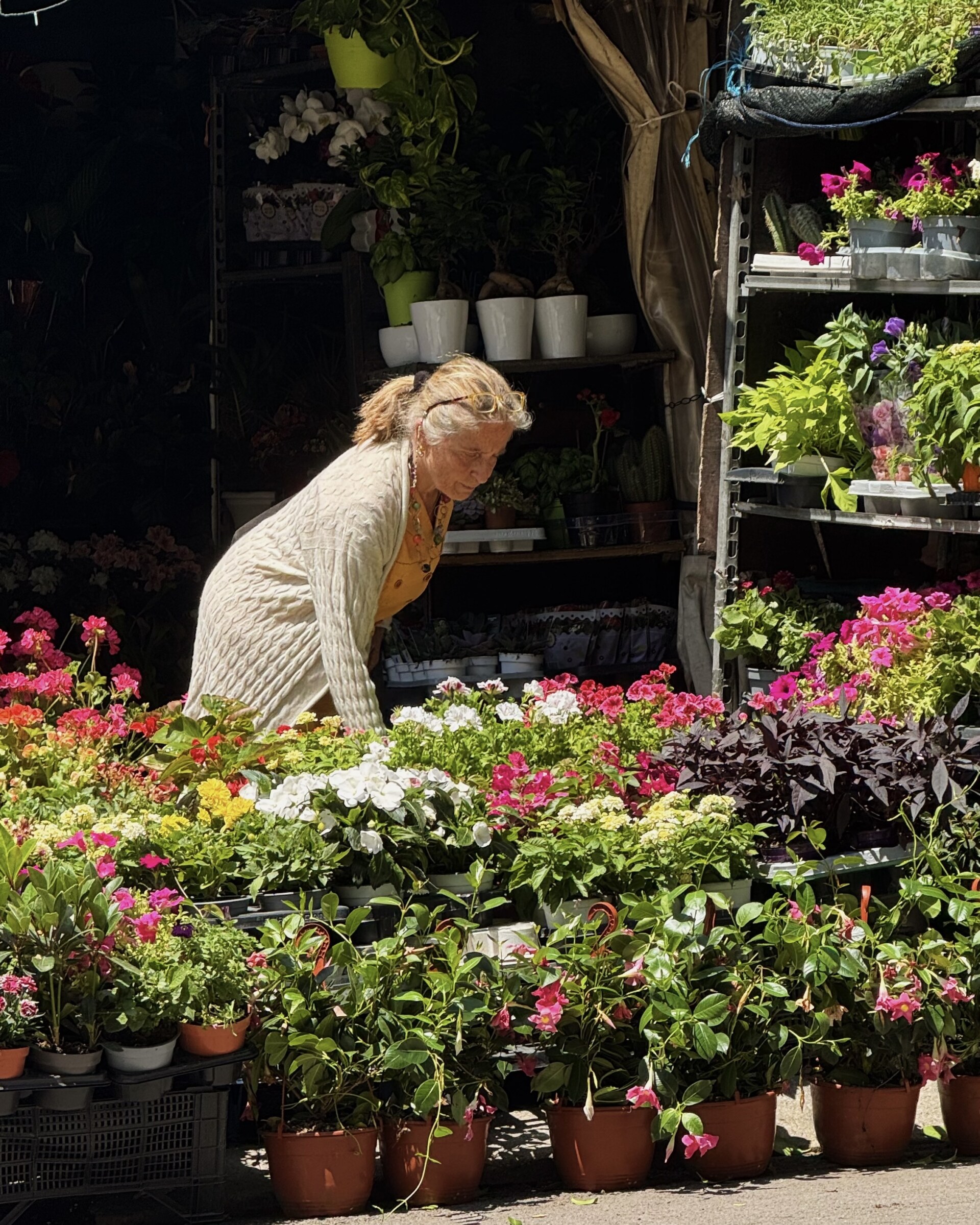
Breakfast:
Start your day at Bar Stella Ruschena, a must-stop for any self-respecting Flaminian. Signora Angela—the undisputed queen of the counter—serves up cappuccinos with a smile, and the spot feels straight out of your nonna’s memories: uber-stuffed tramezzini, the city’s best pizzette, and an uptown Roman crowd. If you’re lucky, you’ll snag a sunny seat outside and watch the stream of passersby parading their dogs around.
And if you’re in high spirits, know that they serve a mean spritz as early as 11 AM. No one will judge you here… Quite the opposite.
Morning:
A stop at MAXXI is a must. The first national museum of contemporary art in Italy, it aptly takes its name from the Roman numerals for the 21st century. Designed by Zaha Hadid, the museum itself is an architectural marvel and the main reference point for contemporary art and architecture in Italy. The collections range from Alighiero Boetti to Anish Kapoor to William Kentridge, and if you’re an architecture nerd, the archives of Pier Luigi Nervi, Aldo Rossi, and Carlo Scarpa live here as well. Prepare to get lost for a couple of hours at least.
Lunch:
When hunger strikes, Pippo a lo Sgobbone answers the call. This family-run historic trattoria is the closest you’ll get to dining in a real Flaminian’s home. Loving shouts fill the kitchen as they whip up Roman classics and dish them out in generous portions at fair prices. I always opt for the roast meat and potatoes, but the carbonara and cacio e pepe won’t let you down, either.
Afternoon:
After that feast, you’ll need a walk. Head down the Lungotevere, cross through Villa Riccio (a beautiful and peaceful residential complex), and you’ll end up in a surprising part of town that’s known as “Piccola Londra”, or Little London—so-called because the area looks much like Notting Hill with plenty of colorful houses, cute front stoops, and well-manicured flower baskets (minus Hugh Grant, unfortunately, and all the tourists, fortunately).
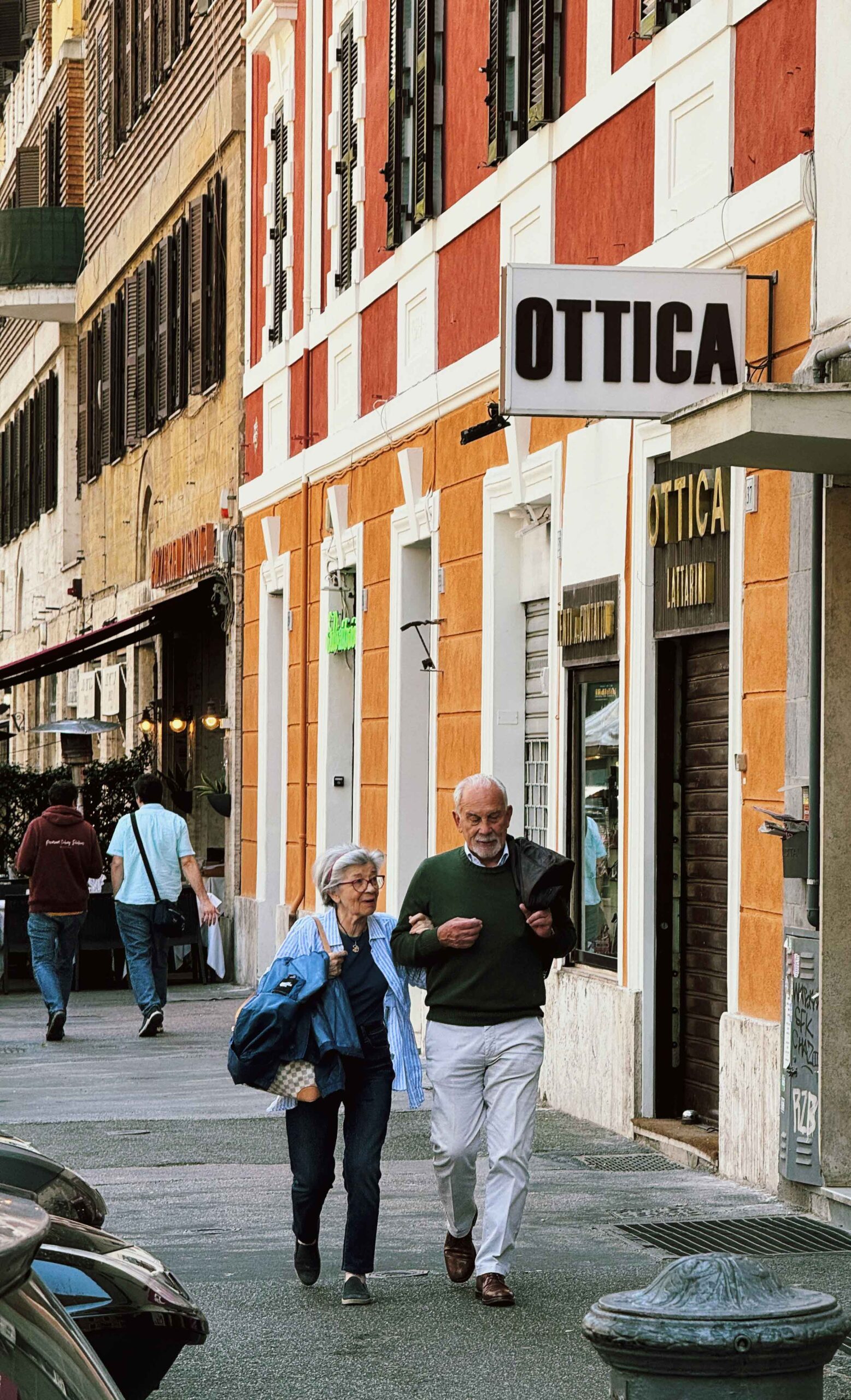
Aperitivo:
Make your way to Mostò, the wine bar we all wish we had in our neighborhood. You’ll be welcomed by Ciro: a Neapolitan transplant, wine guru, and all-around good company, who opened the enoteca a decade ago. You can sit at the bar in the front or at bigger tables in the back if you’re with a group. Ask for recommendations on what to sip; every bottle here has a story. Order a few cold plates to snack on (the pâté on toasted brioche and tartare are exceptional) and let the Flaminio atmosphere do the rest.
Dinner:
Though I could happily spend the entire evening at Mostò, when dinnertime comes around, I head to Apoteca—a laid-back spot with outdoor tables in Piazza Melozzo da Forlì. The vibe is unpretentious and the menu leans Roman, with traditional dishes that get a slight reinvention—like the amatriciana, which arrives in its own aluminum pot. As always with Flaminio, the crowd is a delightful mix: couples on first dates, groups of friends, and new parents with strollers.
Late Night:
Still not ready to head home? Try the Auditorium Parco della Musica, an indoor/outdoor music and event venue designed by Renzo Piano that’s worth a visit for the architecture alone. The calendar is always packed with concerts, talks, and cultural events for all tastes and mindsets, so book your tickets ahead. Whether you’re a nostalgic rocker, a sucker for melancholic cello, or just looking for an excuse to hear good live music, this is your place.
And for one last drink (with a group of ambitious youths in beige trousers and Ralph Lauren polos): Tree Bar. It might not serve the best cocktails of your life, but the garden, lit with fairy lights, and that “Parioli on a night off” energy has its own charm.
